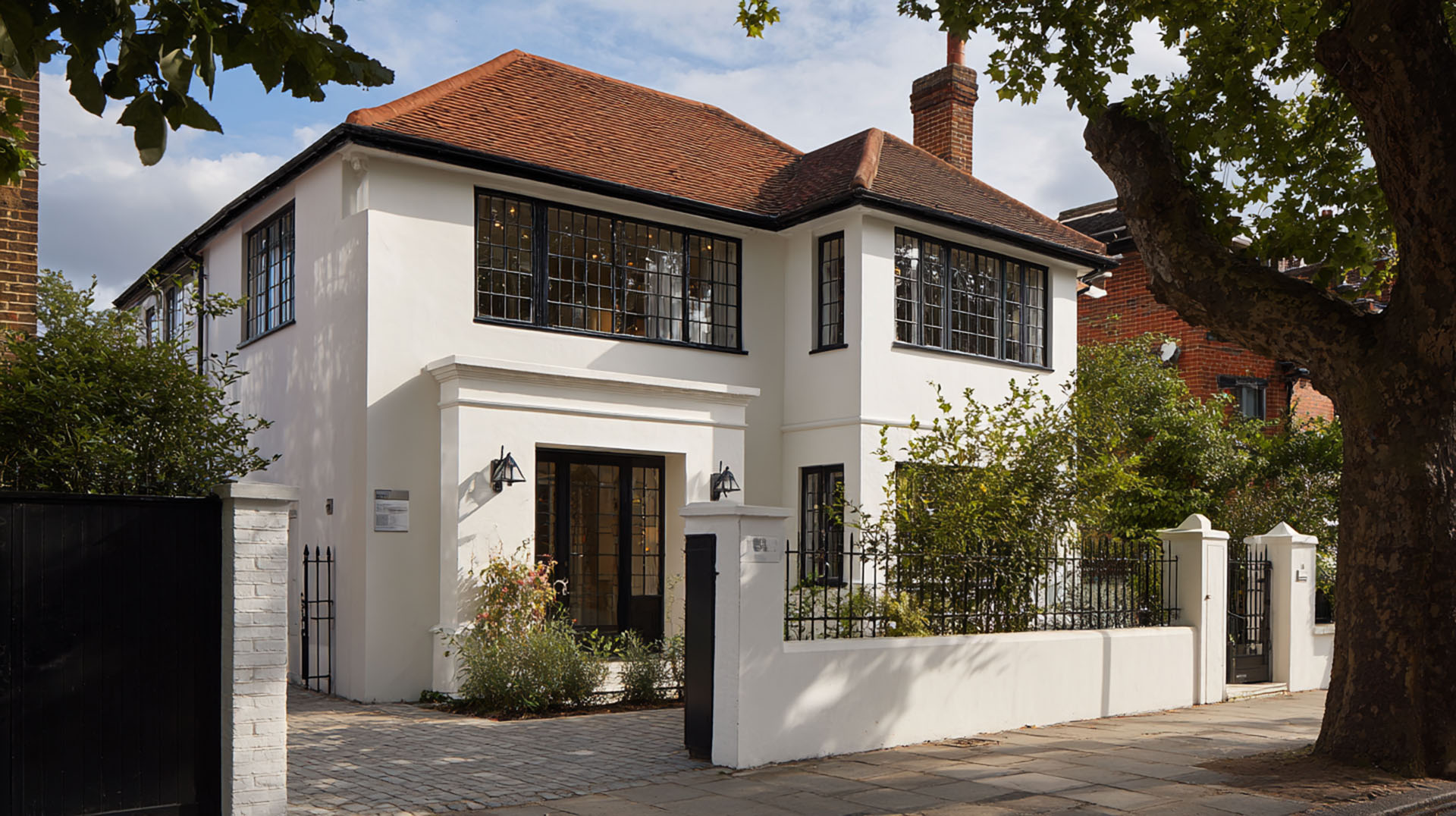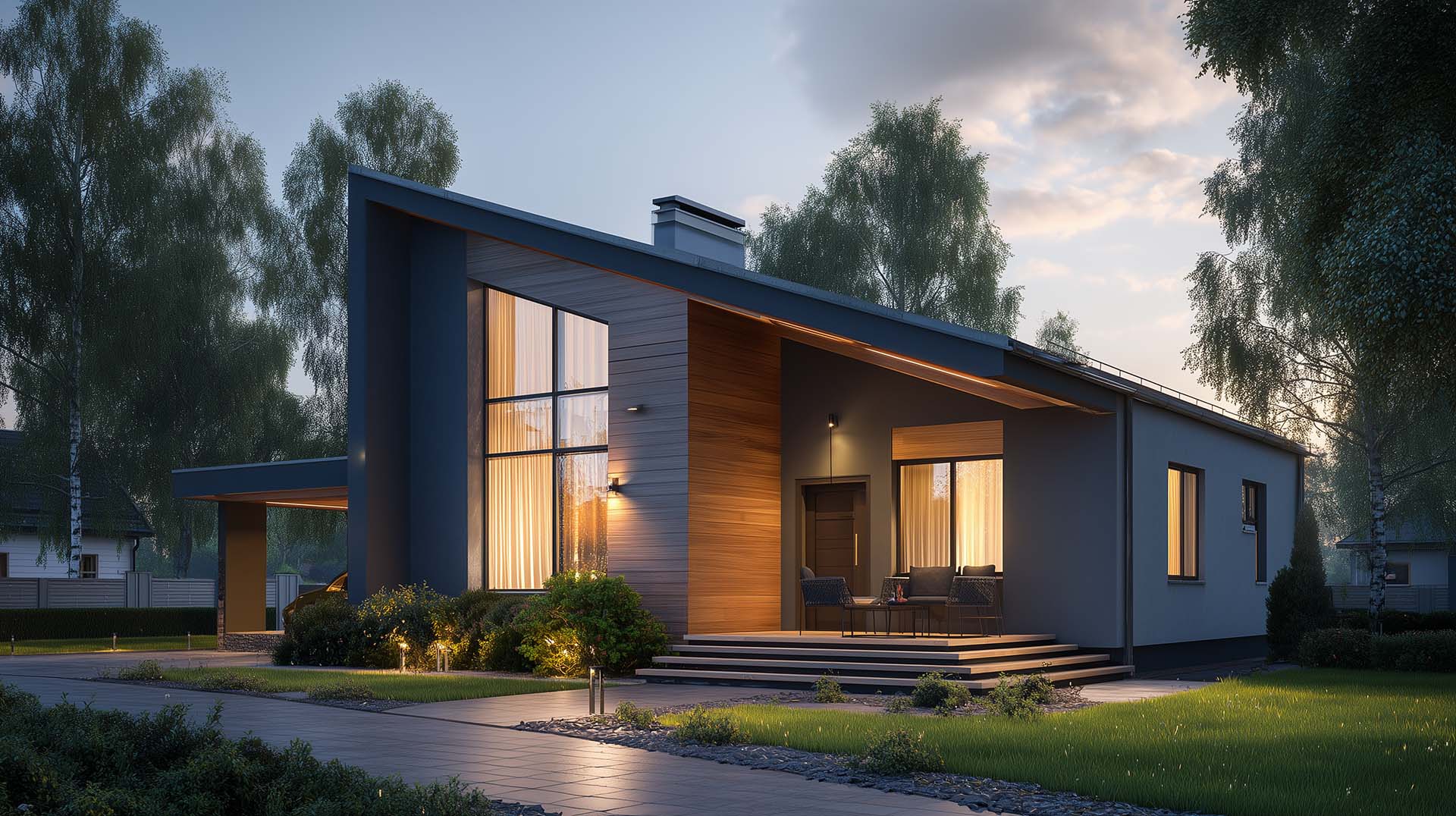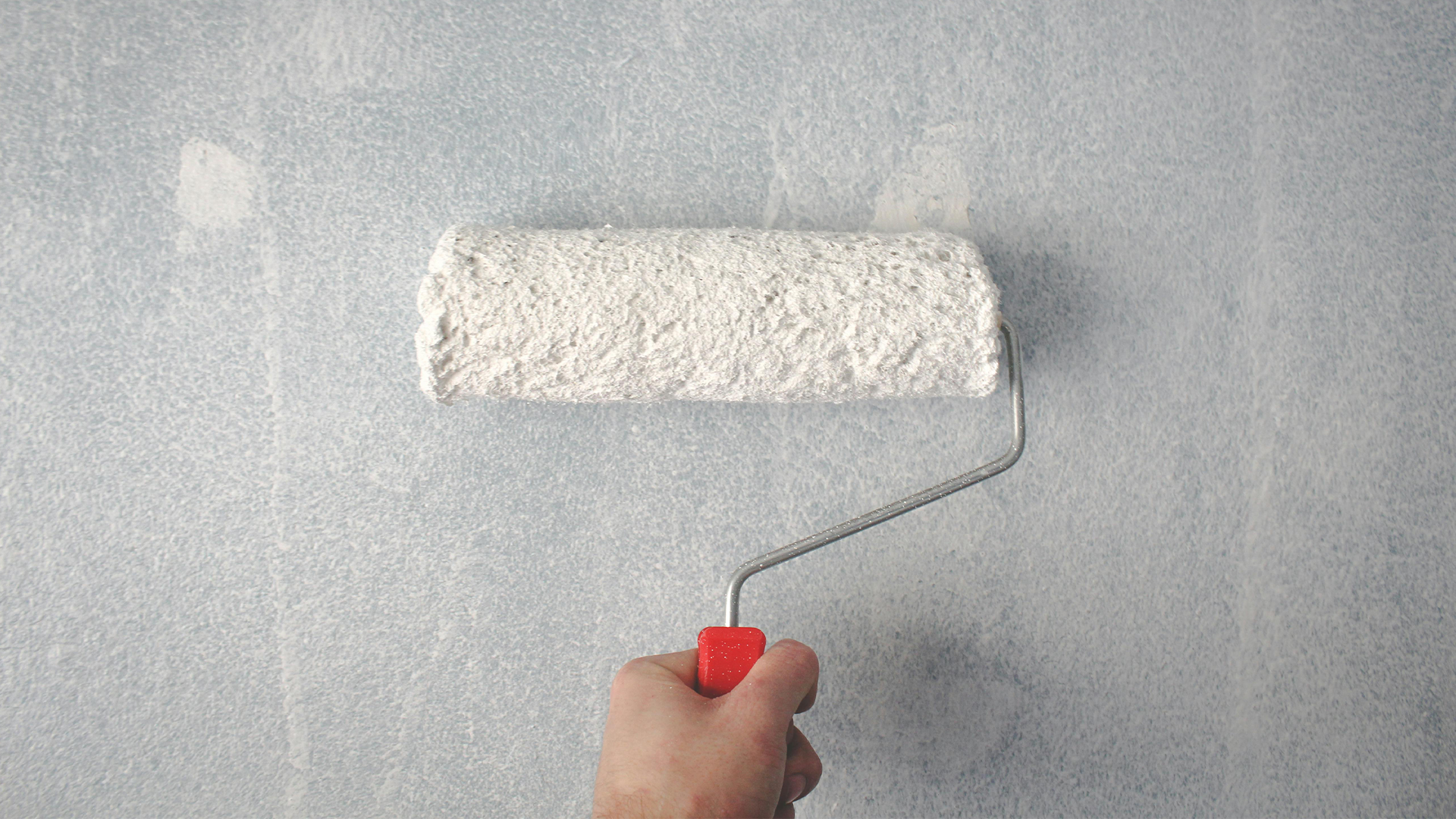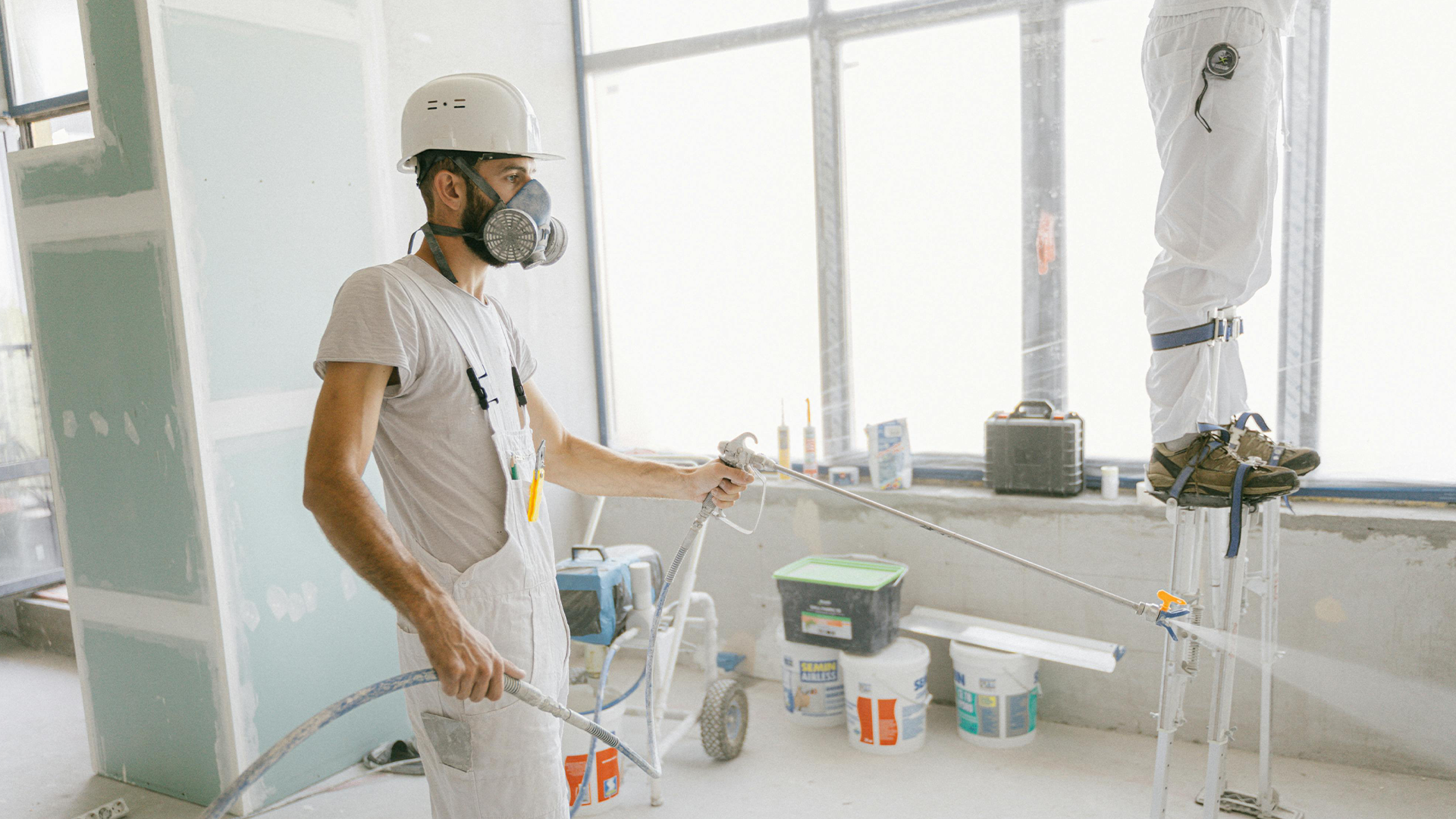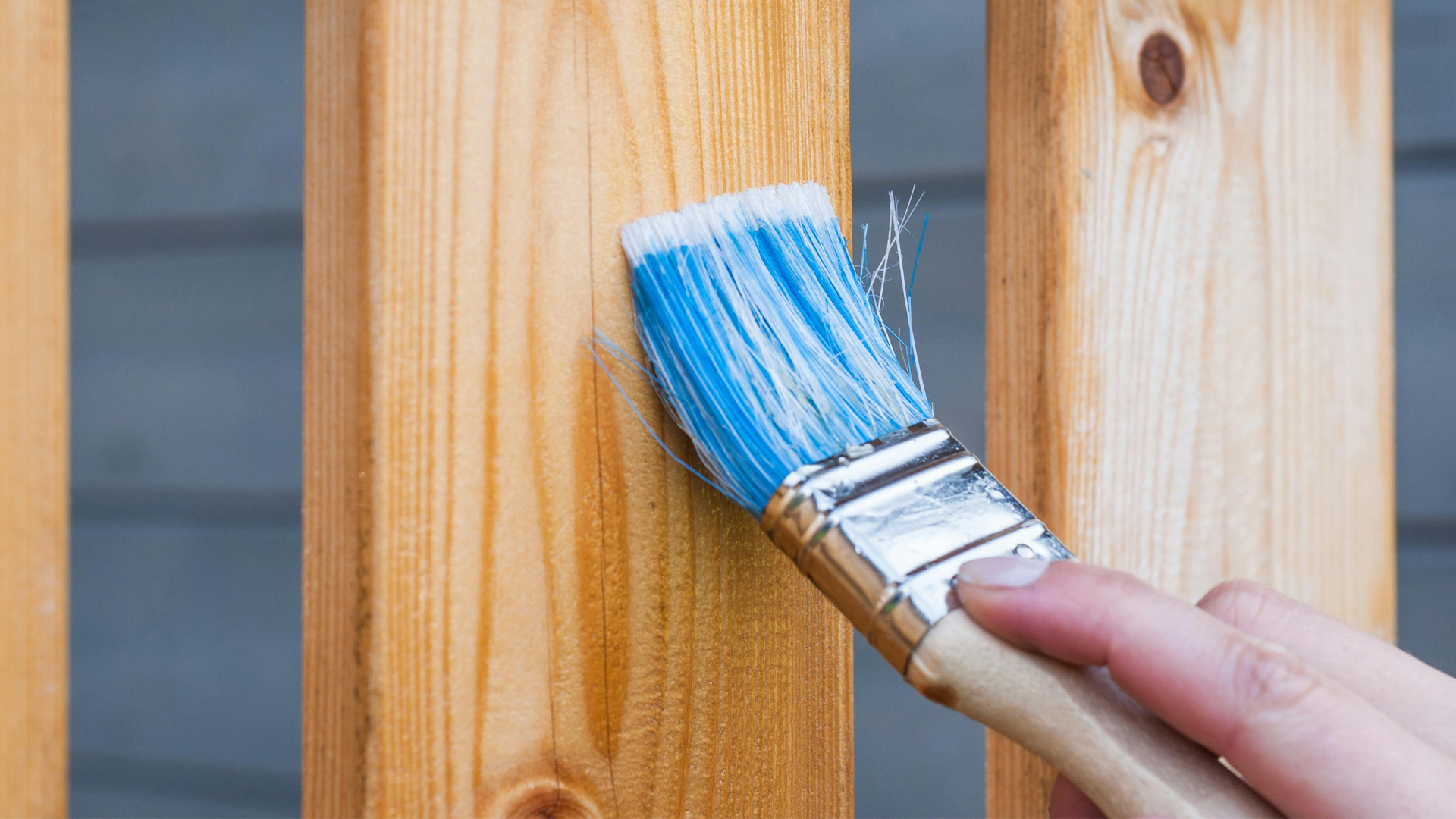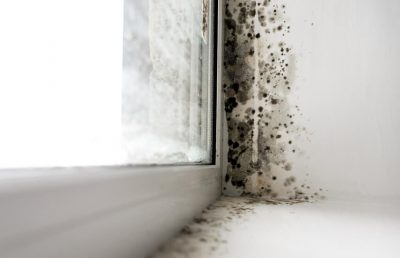
Key Take Aways
Early damp is excess moisture in walls, floors or ceilings, often caused by groundwater, roof leaks, porous bricks or pipe leaks.
Be alert for these initial signs:
Musty, persistent smell.
Peeling or bubbling wallpaper/carpet edges.
Mould spots behind undisturbed furniture.
“Tide marks” (discoloured plaster) over 1 m above ground.
Damp, cold-feeling walls.
Rising damp creeps up walls and can spread, leading to health risks (e.g. asthma) if untreated.
Causes include: groundwater rising, structural faults, failed waterproof membranes.
Early solutions:
Install or restore a damp‑proof membrane/DPC.
Raise external ground levels to reduce direct groundwater contact.
If you observe signs of moisture or dampening, it is important to find out the exact reasons for damp. There are both temporary and permanent causes of dampness. Whatever may be the reason, it is important to address the issues of dampening in the house at the right time before it could spread to other parts of the house or on other walls.
As soon as you notice the rising signs of damp in the house, these early signs must be understood and resolved. There are experts who could identify the reasons for this issue and can resolve the issue by choosing the right solution. The correct diagnosis at the right time can be helpful. For this, it is important to understand everything about dampness before it could be a bigger cause of house damage.
What is damp?
Before one could recognize the early signs of damps, it is important to understand what are damps?
Damp is extra moisture found in the walls of the house. This unwanted moisture exceeds the foundation of the house to create dampness. This damp usually occurs in areas such as walls, floors, or ceilings. The issue of moisture is common in areas of rain but it could also occur in houses where there are other problems such as:
- Leakage in pipes
- Breaking of roof tiles
- Extra moist in the base of the house under the ground
- Moisture arising due to porous bricks
There can be various reasons why damp occurs on the wall of the house. Initially, the dampening does not look ugly but if left untreated this may further increase the problem. The dampening starts horizontally to spread on the wall which further starts to move vertically to disturb all walls of the house. When dampening increases, it may also cause severe health issues such as asthma.
Three stages of damp:
When it is about the identification of damp, it is usually categorized in three forms:
- Early damps or the rising damps
- Penetrating damps
- Signs of condensation damps
How to spot early damp and what are its solutions?
Every one of us knows that damping needs to be identified and treated at the right time but it is not that easy to identify dampness in a house. By knowing the early signs of damage, one can identify dampness. Some of the quick ways to identify these damps are:
- First and foremost, dampness may create an unpleasant and musty smell. These smells created through the mold in the internal structure of walls are permanent and do not fade.
- If the wallpaper or carpet may start to peel or lift on the sides.
- Another sign is the occurrence of mould spots. This may occur on walls where furniture and large items have not been moved for a while.
- If you notice tide marks more than 1 meter above the ground on walls. This creates discoloured plasters.
- Damp may also create a cold environment in the house.
Reasons for such damps:
There can be a few reasons for rising damps and some of these are:
- Damp rising from the ground to the walls of the house
- Major structural issues in the building
- The issue in the waterproof membrane of the house
Solutions
One could take the following measures to address rising damp issues in the house:
- One must opt for a damp-proof membrane beneath the house at the time of construction. With the help of a professional, this can also be done after the house is built.
- It is always a good choice to increase the ground level of the house. This will protect the groundwater from directly entering the walls of the house.
What are the signs of penetrating damp and what are its solutions?
If not addressed or identified in the early stages, dampening may penetrate the inner structure of the wall creating major issues. There are various signs that could help identify such signs of damps, some of which are:
- The appearance of damp patches on the walls
- Determination of plaster and paint at the areas of damps
- Blistering paints on the walls
- Rotting of wood furniture and paintings
- Growth of mould and foul smell in the areas.
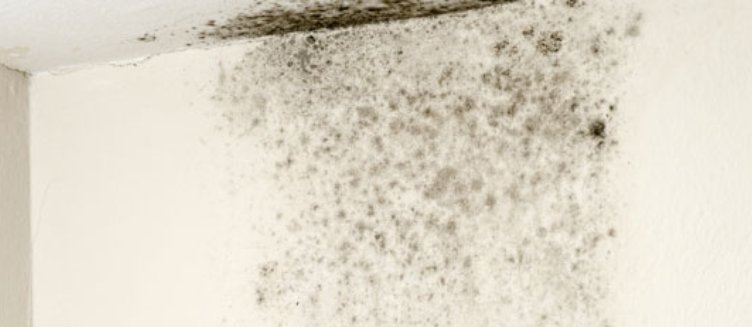
Reasons for penetrating damps
There are multiple reasons why penetrating damps may occur in houses, some of which are:
- Blocked rain gutters that lead rainwater to enter the wall of the house
- The broken structure of the house creates space for rainwater
- Bricks that has lost its waterproof defence system
- Structural issues in house while construction of the house
- Cracks on walls that start from the edges of doors and windows
- Leakage in the pipes could internal damage
- Cracks in the external walls
Solutions:
Some of the solutions are:
- Fixing of the blocked gutters and clearing the blockage
- Replacing the broken tiles or fixing them
- Filling the cracks appearing on the edges of windows and doors
- Fixing the leakage in the pipes
- Waterproof paint on bricks and walls
What are the signs of condensation damps and what are its solutions?
Condensation is an issue that may take months to develop in a house. When a house does not have a proper source of ventilation in the house this may lead to the growth of condensation. Conditions such as high humidity, lack of ventilation, and cold surfaces are the obvious reasons for condensation. Some signs of condensation are:
- Excess moisture developing in areas such as windows and walls
- Increase in humidity level
- A continuous musty smells prevailing in the house
- Extreme development of black mould on walls
Solutions:
- Continuous use of a dehumidifier
- Installing an insulation
- Wiping the area with a cloth to remove excess water
- Turning on the source of heat in cold weather
- Improving ventilation by introducing air ventilators etc.
Summary
To find the solution for such damps, it is always better to know the causes that could be addressed to resolve the problem. It is always better to consult a professional for solutions.
